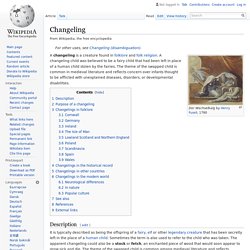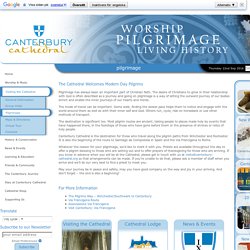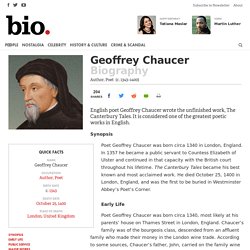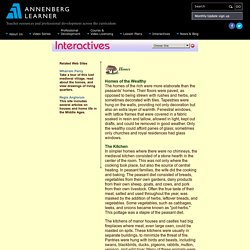

10 Completely Uncanny Superstitions From The Middle Ages. Weird Stuff In the pre-scientific Middle Ages, the world was at the same time both fascinating and frightening.

In the absence of proper knowledge, people had no choice but to fall back on their own imaginations to make sense of the myriad natural phenomena around them. The result was a world where everything seemed magical, a place teeming with angels and demons, fairies and goblins, elves, gnomes, and witches. This list takes us inside the medieval mind and the fears and superstitions through which it tried to explain the world. 10 The Sea In The Sky For this story, we are indebted to English chronicler Gervase of Tilbury and his work Otia Imperiala. For proof, Gervase offers an episode that took place in an English village.
Another tale concerns a merchant who accidentally dropped his knife while out at sea. 9 Omens Of Charlemagne’s Death The Frankish king Charlemagne was crowned Holy Roman Emperor in A.D. 800. 8 Magonia 7 Changelings. Changeling. A changeling is a creature found in folklore and folk religion.

A changeling child was believed to be a fairy child that had been left in place of a human child stolen by the fairies. The theme of the swapped child is common in medieval literature and reflects concern over infants thought to be afflicted with unexplained diseases, disorders, or developmental disabilities. Description[edit] It is typically described as being the offspring of a fairy, elf or other legendary creature that has been secretly left in the place of a human child. Sometimes the term is also used to refer to the child who was taken. The Canterbury Tales. Pilgrims on the road to Canterbury in a window of the cathedral The Canterbury Tales is a book of stories written by Geoffrey Chaucer.

It was written in the 14th century. It was one of the first books to be written in the English language. The book is about a group of pilgrims traveling from London to Canterbury. As they travel along, each person tells a story to pass the time. Background[change | change source] Canterbury Cathedral[change | change source] Canterbury Cathedral. Pilgrimage has always been an important part of Christian faith.

The desire of Christians to grow in their relationship with God is often described as a journey and going on pilgrimage is a way of letting the outward journey of our bodies enrich and enable the inner journeys of our hearts and minds. The mode of travel can be important. Some walk, finding the slower pace helps them to notice and engage with the world around them as well as with their inner self and God.
Others run, cycle, ride on horseback or use other methods of transport. The destination is significant too. Canterbury Cathedral is the destination for those who travel along the pilgrim paths from Winchester and Rochester. Whatever the reason for your pilgrimage, we’d like to mark it with you. May your journey be in peace and safety, may you have good company on the way and joy in your arriving. Geoffrey Chaucer - Author, Poet. English poet Geoffrey Chaucer wrote the unfinished work, The Canterbury Tales.

It is considered one of the greatest poetic works in English. Synopsis Poet Geoffrey Chaucer was born circa 1340 in London, England. In 1357 he became a public servant to Countess Elizabeth of Ulster and continued in that capacity with the British court throughout his lifetime. The Canterbury Tales became his best known and most acclaimed work. Early Life Poet Geoffrey Chaucer was born circa 1340, most likely at his parents’ house on Thames Street in London, England. Geoffrey Chaucer is believed to have attended the St. In 1357, Chaucer became a public servant to Countess Elizabeth of Ulster, the Duke of Clarence’s wife, for which he was paid a small stipend—enough to pay for his food and clothing. In 1366, Chaucer married Philippa Roet, the daughter of Sir Payne Roet, and the marriage conveniently helped further Chaucer’s career in the English court.
Public Service Major Works Later Life Death. More About Homes. Homes of the Wealthy The homes of the rich were more elaborate than the peasants' homes.

Their floors were paved, as opposed to being strewn with rushes and herbs, and sometimes decorated with tiles. Tapestries were hung on the walls, providing not only decoration but also an extra layer of warmth. Fenestral windows, with lattice frames that were covered in a fabric soaked in resin and tallow, allowed in light, kept out drafts, and could be removed in good weather. Only the wealthy could afford panes of glass; sometimes only churches and royal residences had glass windows.
The Kitchen In simpler homes where there were no chimneys, the medieval kitchen consisted of a stone hearth in the center of the room. The kitchens of manor houses and castles had big fireplaces where meat, even large oxen, could be roasted on spits. Garbage and Disposal Current archaeological studies of sewage and rubbish pits contribute to our understanding of what medieval people ate.